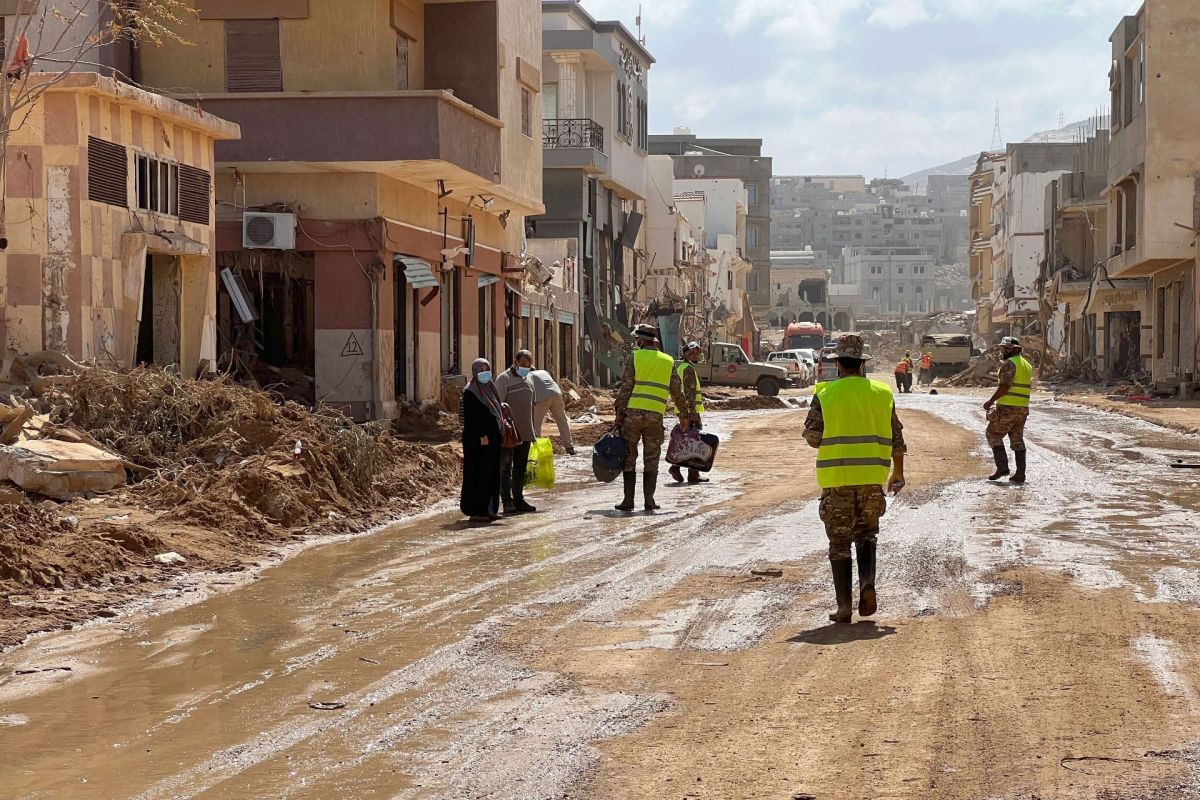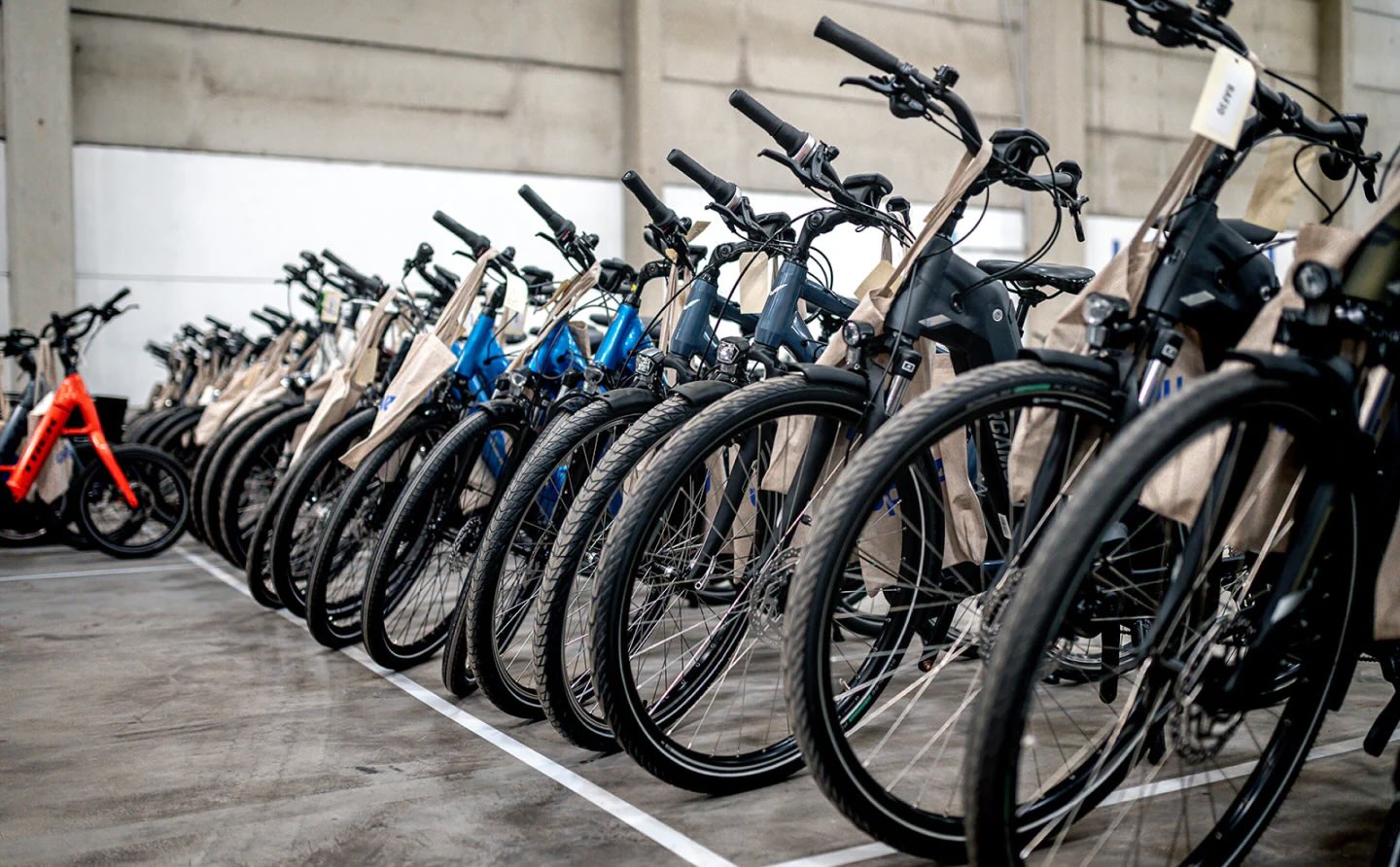On our rapidly overheating planet, extreme weather catastrophes are becoming all too familiar. Libya recently experienced the impacts of a warming world when a powerful storm hit the country's northeast coast in September and broke two dams, creating a flood that left at least 5,000 people dead.
What's happening?
"Floods are the most damaging natural hazard when it comes to destruction of property and lives lost," University of Miami professor Katharine Mach told the New York Times, adding that a whole "recipe" of factors determines how any region is impacted by a flood.
Libya's geography and climate put it in a particularly precarious position when intense rain comes.
The country rarely experiences much rain, so when it saw a record-breaking 16 inches in a single day — despite normally getting less than a tenth of an inch during the entire month of September — it was a recipe for disaster, the New York Times reported.
The country's location also means that its soils are dry and do not absorb water well. This fuels flash floods, which can swipe away infrastructure like dams. The city of Derna, where the storm hit, is also at the bottom of a geographic formation called an alluvial fan, where water rushes down slopes carrying debris.
As our planet overheats due to our reliance on dirty energy sources like coal, gas, and oil, rising global temperatures will continue to act like "steroids" for natural disasters, journalist and climate tech investor Molly Wood previously explained.
When our air gets hotter, it can hold more moisture — approximately 4% more water for every additional degree Fahrenheit — so when it rains, it pours, which can cause deadly floods and mudslides, as seen in Libya and many other cities around the world during this year alone.
"Whatever was already going to happen, like droughts, floods, fires, tornadoes, hurricanes, heat waves, snowstorms, rain — all that is still going to happen," Wood said. "But when it happens, it's going to be worse. Also, extreme versions of what used to be normal weather are going to happen more often."
An emphasis on infrastructure
Historically, people in the area built around the dam because it was a source of fresh water and was believed to have the capacity to hold back floodwaters. But aging infrastructure and worsening storms are increasing the country's susceptibility to disaster.
Although Libya may not be able to control its location, it can alter the kinds of infrastructure it has to protect itself from intense weather moving forward.
TCD Picks » Upway Spotlight

What's being done to fix the issue?
More money needs to be invested in upgrading infrastructure around the world to prevent disastrous situations like the one in Libya. The people of Libya also need our support, and it is possible to provide donations to those affected by the flooding.
Here in the United States, nearly 2,200 dams are considered in "poor condition," which puts the people and community at risk, too, according to NPR.
Technology is meeting some needs to avert dangers of flooding, such as FloodVision's AI-based algorithm that computes when and how significant floods will hit regions. But, predicting the frequency of major weather events does not necessarily prevent them from coming.
Join our free newsletter for weekly updates on the coolest innovations improving our lives and saving our planet.














